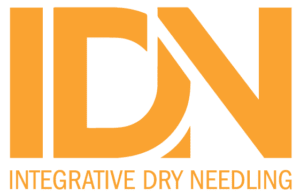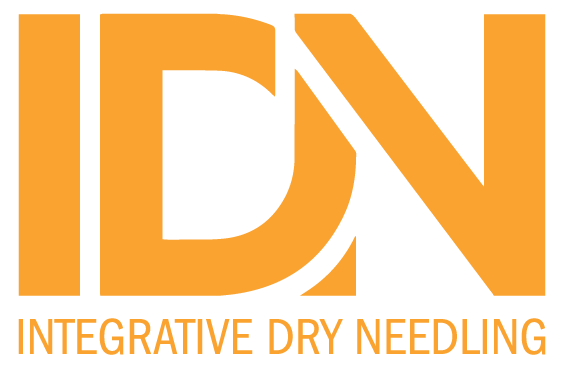FLASH SALE!
10% OFF
any IDN Course!
*Valid for new registrations only and can not be combined with other discount codes. Offer Expires: 7/7/2024
Understanding the intricacies of our nervous system can be quite a daunting task due to its complex nature. Today, let’s dive in and explore one specific nerve – the posterior interosseous nerve, a deep branch of the radial nerve.
The radial nerve, after exiting the cubital fossa near the head of the radius, penetrates the supinator and then emerges in the posterior aspect of the forearm. At this point, it is now considered the posterior interosseous nerve. It then descends down the arm alongside the posterior interosseous artery.
The posterior interosseous nerve innervates several muscles including the Extensor Digitorum, Extensor Indicis, Extensor Digiti Minimi, Extensor Pollicis Longus and Brevis, Extensor Carpi Ulnaris, and the Abductor Pollicis.
Each muscle innervated by the posterior interosseous nerve has its specific action. For instance, the Extensor Digitorum extends the medial 4 digits primarily at the metacarpophalangeal joint (MCP) and also at the interphalangeal joint (IP). The Extensor Digiti Minimi extends the 5th digit primarily at MCP and secondly at IP. The Extensor Carpi Ulnaris extends and adducts the wrist and is active during clenching.
The Extensor Pollicis Longus and Brevis are responsible for extending the thumb. The Extensor Pollicis Longs is responsible for extending the distal interphalangeal joint (DIP) of the thumb, extending the proximal interphalangeal joint (PIP) of the thumb, and both the Longus and the Brevis extend the metacarpophalangeal joint (MCP) and carpometacarpal joint (CMC). The Abductor Pollicis abducts the thumb and extends it at the CMC joint. The Extensor Indicis extends the 2nd digit independently and helps extend the hand at the wrist joint.
Posterior interosseous nerve injuries, particularly at the Arcade of Frohse, are typically caused by repeated activities, but can be due to numerous other causes. Symptoms of such injuries include pain in the elbow and forearm, mild weakness of the extensors of the wrist, and significant weakness of the fingers (primarily at the MCP) and thumb.
Understanding the posterior interosseous nerve, its innervations, and the associated muscle actions can be crucial in diagnosing injuries and prescribing effective treatment strategies. We hope this article has provided useful information and insights on this particular nerve. For more nerve education, do follow us @integrativedryneedling.
Source: Clinically Oriented Anatomy; Keith L Moore et al; 8th edition
any IDN Course!
*Valid for new registrations only and can not be combined with other discount codes. Offer Expires: 7/7/2024

Not sure which course is right for you? No problem – we created an intuitive process to help!
